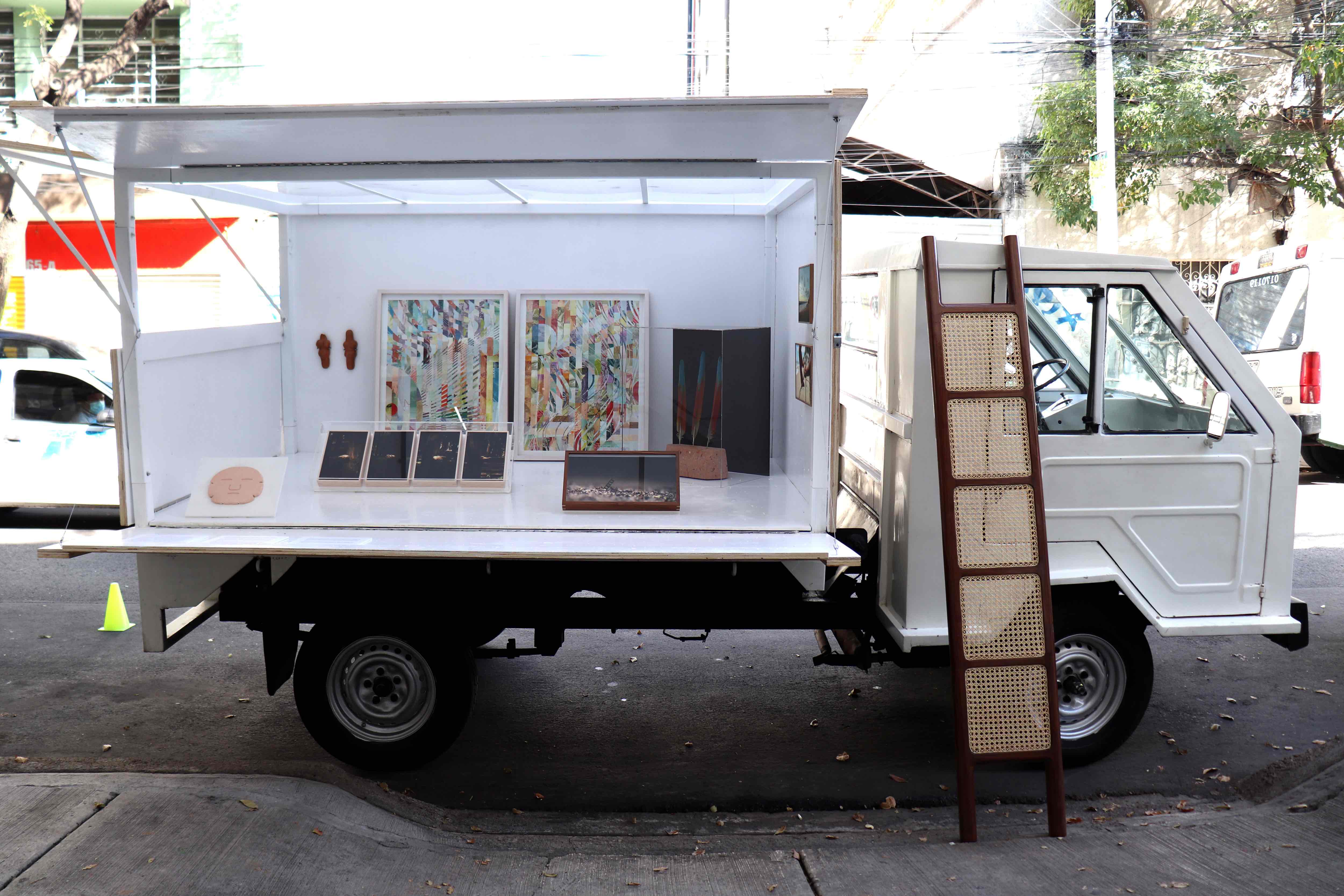
Article
LAAA: An Alternative Model For Art Development, Dissemination and Preservation
by Louise Carla Sala
What you do matters just as much as how you do it
Reading time
6 min
“I think it’s an evolutionary matter to be constantly looking for alternative models”, Francisco Regalado said to me as we were discussing our common affinity towards unusual schemes.
In 2020, after spending 5 years living in London, Stockholm, Berlin, Zurich, and Madrid, Francisco decided to come back to Mexico City to open LAAA: his own take on “alternative models.”
The acronym stands for Laboratorio de Arte, Arquitectura y Arqueología, an interdisciplinary research and development space that aims to implement contemporary methods into traditional art production practices.
A geek at heart with the mind of an artist, Francisco, who was actually trained as an architect, creatively applies one discipline’s knowledge to push another’s limits. He collaborates with artists, designers, and architects on projects that have ranged from a virtual reality exhibition, the digitization of an oil painting, and a three-dimensional fresco.
Although the scopes of these projects may seem to differ significantly from one another, there is a common ground to all of them: the idea of preservation, which might not be the primary discourse of the artists or the artworks, but is in fact the trademark of LAAA. Whenever an idea enters the lab’s door, it leaves having contributed in one way or another to the preservation of natural or cultural heritage. Rarely visible at first sight, as to not overshadow the author’s primary intentions, this added value is omnipresent in the outcome of each project, whether through the digitization of clouds that are about to extinguish, the remembrance of a fallen statue, or the reproduction of a sculpture through three-dimensional scanning in order for it to be studied and exhibited outside of the private collection that owns it.
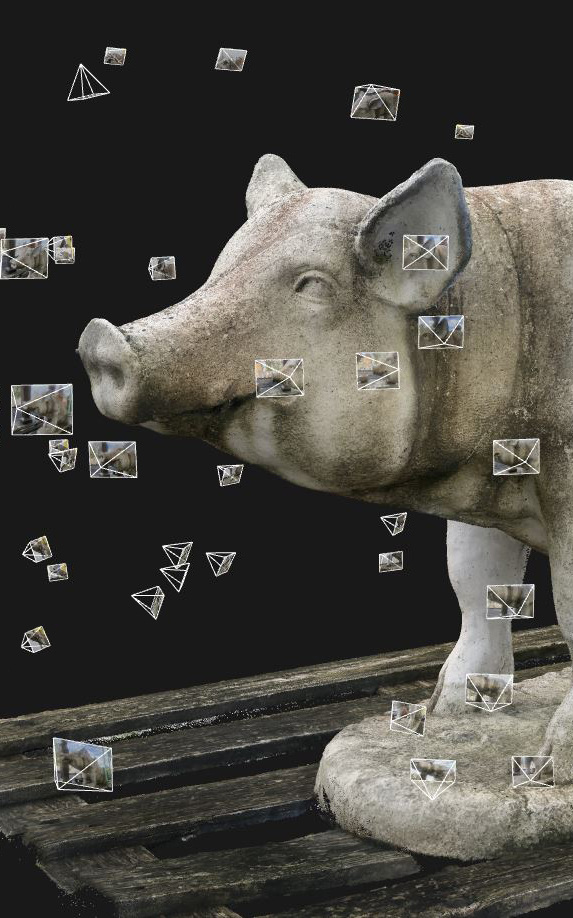
“The time of “raising awareness” is over. We are all very aware and need to act NOW. Nothing is marginal. Everything matters.” Francisco emphasized and added that besides the idea of preservation, sustainability is also a constant in LAAA’s discourse. In fact, “what you do matters just as much as how you do it!”.
One of the best examples so far of this dual approach to art development is probably LAAA | MÓVIL, one of LAAA’s own projects. LAAA | MÓVIL is an itinerant exhibition space on the back of a “La Hormiga” (Spanish word for “ant”), a small Volkswagen truck only produced in Mexico from 1966–1967. The 40+ years old truck was purchased and entirely restored by LAAA with the help of Todo Wooow so that the back of the truck would look like the crate of an artwork from the outside and a “white cube” from the inside.
Discussing this project, Francisco says that “actually, the idea of having an itinerant exhibition was born a long time ago. But it received unexpected validation during the pandemic, as it could circulate when Mexico City was in the “orange stage”, while many businesses where closed.”
For the first edition of LAAA | MÓVIL, LAAA invited Alberto Ríos de la Rosa to curate a group exhibition based on a thematic open call. Developed in accordance with LAAA’s principles, the idea for the show was to focus on the notion of the “Capitalocene” (from which the exhibition takes its name) meaning “the era of capitalism.” The Capitalocene, conceived by the environmental historian and historical geographer Jason Moore in the early 2010s, is a concept that presents capitalism as a social and cultural phenomenon beyond its economic system. By bringing society and culture to the fore of this system, Moore makes us all equally accountable for the ecological crisis we are living in. Within CAPITALOCENO, Ríos de la Rosa invites visitors to ruminate on the ways in which individuals can revert the exponential curve of the exploitation of natural resources, the exhaustion of fossil fuels, and the consequent damage made to the earth’s ecosystem.
To tackle each aspect of the Capitalocene, CAPITALOCENO was subdivided into three chapters. The first, “Balance,” (see cover picture) ran from November 26th to mid-December and paid homage to the crafts that existed prior to the industrial revolution and the harmonious coexistence of all species on earth.
Raúl Mirlo’s El derroche de una buena juventud por una falsa educación, featuring a ladder-like object made of nogal wood and natural fiber weaving, has no function beyond aesthetics. The work presents an homage to the “bejuco”, an artisanal technique that gained popularity throughout the 20th century and was subsequently industrialized. By choosing to create a non-functional ladder, an object that usually provides access to inaccessible places, Mirlo also seems to wonder about how long we can continue to industrialize traditional crafts and consume them globally without much cousciousness about where they come from or how they are produced.
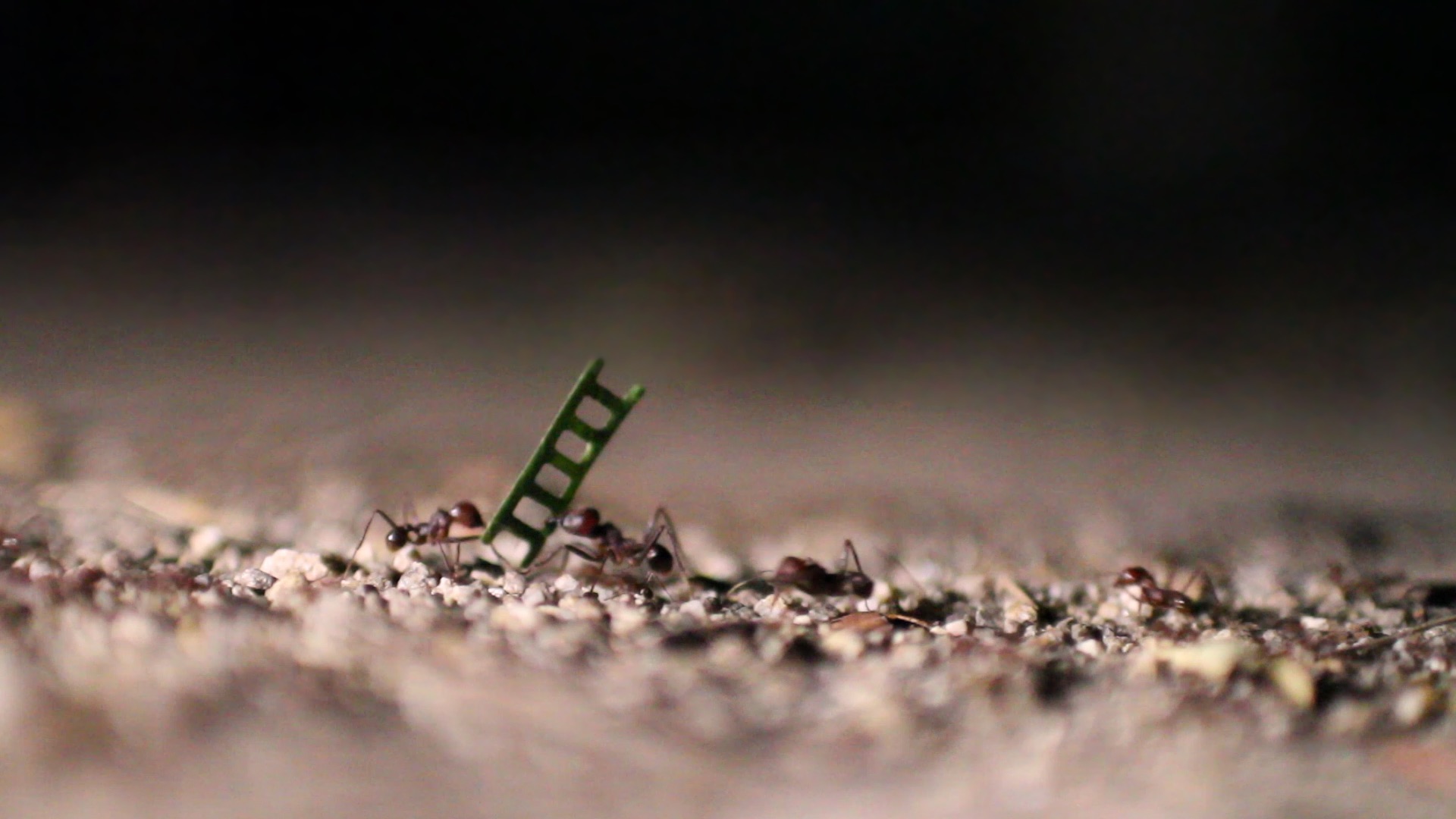
A Escala Inhumana by Adeline de Monseignat highlights the similarities between social and production systems built by humans and ants. The work encourages viewers to reflect on the differences in scale and to thus put the scale of their own actions into perspective. On the other hand, in providing the insects with miniature tools, de Monseignat critiques the relentlessness of our globalized world, a world in which work never stops.
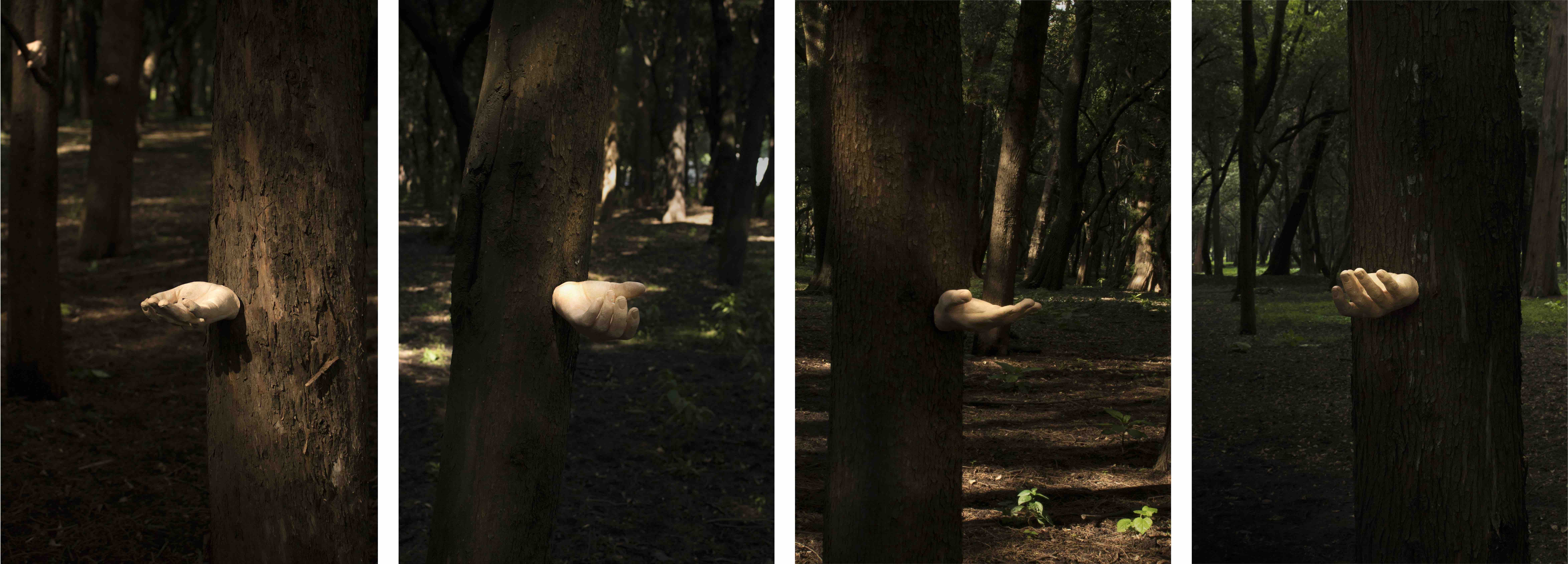
Santiago Gomez’s polyptych Cuentos de la Gente de Árbol anthropomorphizes trees to generate empathy and endorse inter-species equality. The work invites viewers to imagine, if only for a second, what the life of a tree might be like in the bosque de Chapultepec. Yet, the artwork becomes anthropocenic by using the human body as a standard to be met by other species in order to communicate with us.

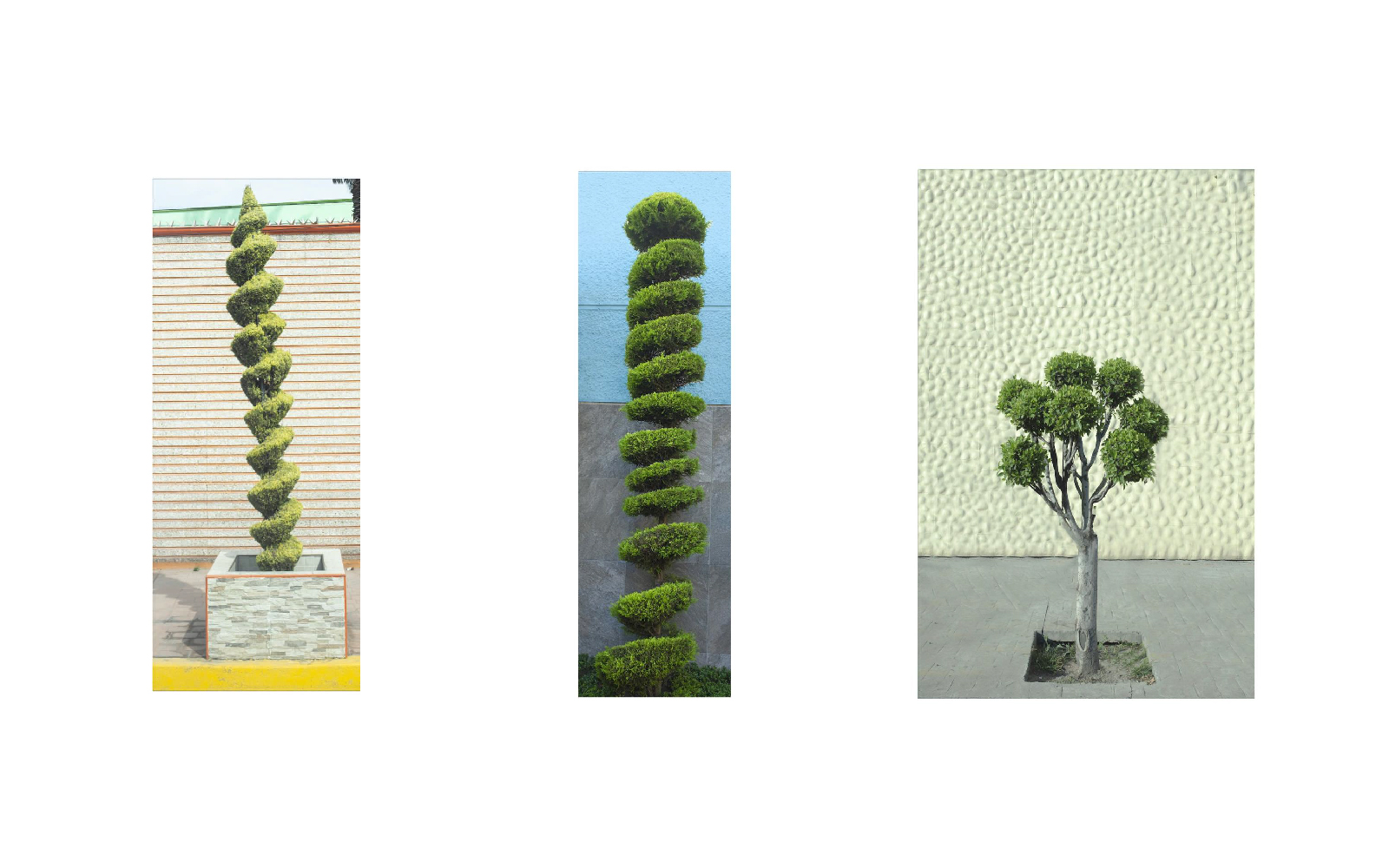
“Crisis,” the second chapter of the exhibition, opened on February 20th and will last until the end of March. Amongst the seven featured artworks are Fragmentario by Karla Leyva and Eden by Martin Levêque, which both depict human manipulation of nature and a desire for control. If in Levêque’s work this manipulation only appears as a formal modification, it becomes a premeditated, conscious, destructive gesture in Leyva’s polyptych.
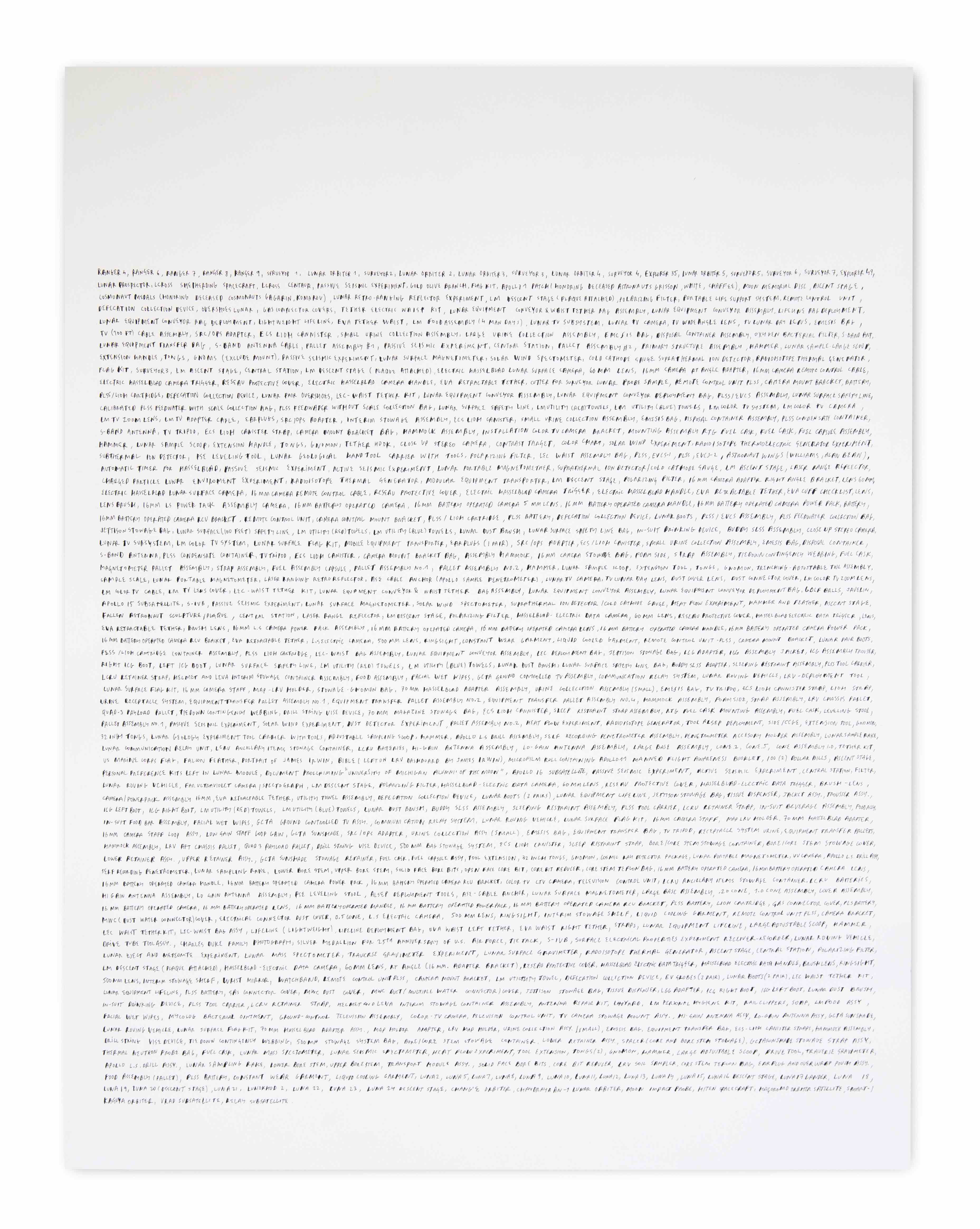
“Crisis” also includes Luis Urculo’s “Listado”: a list of all the objects that were left on the moon since Apollo 11’s first mission. The artwork invites the viewer to mentally picture all of these readymades and therefore see space as a growing collection of manmade objects. Urculo’s work brings Leyva and Levêque’s critique of the manipulation of nature by humans a step further, in showing how humans have expanded their playground from gardens to the entire universe.
The third and final chapter of CAPITALOCENO will open at the end of March, COVID policies in Mexico City permitting, and feature artworks by Margot Kalach and Fernando Zarur among others.
Follow @laaa_mx to find out about the opening times of LAAA | MÓVIL.
Fase one – "Balance": Aldo Alvarez Tostado, Christian Becerra, Santiago Gómez, Karla Leyva, Raúl Mirlo, Adeline de Monseignat, Ernesto Solana
Fase two – "Crisis": Julio Barrita, Vero Glezqui, Hugo Huerta, Martin Levêque, Karla Leyva, Beatriz Millón, Luis Úrculo
Fase three – "Distopia": Paola De Anda Iván Manriquez, Luis Canseco, Manuela García, Rodrigo Gonzalez Castellanos, Julio M Romero, Fernando Zarur, David Montes, Margot Kalach
Published on March 13 2021